Shalimar Bagh, often called the Crown of Srinagar, is one of the most stunning Mughal gardens in India. Built in 1619 by Emperor Jahangir for his beloved queen Nur Jahan, the garden is a masterpiece of Mughal landscaping and architecture. Located on the northeastern side of Dal Lake, this enchanting garden still captures the imagination of visitors with its terraced lawns, flowing fountains, vibrant flower beds, and centuries-old Chinar trees.
For travelers planning their trip, a visit to Shalimar Bagh can be perfectly combined with carefully crafted Kashmir Tour Packages that showcase the natural beauty, history, and cultural charm of the valley.
What sets Shalimar Bagh apart is not just its Mughal architecture but the way it merges with the surrounding Himalayan landscape. The garden has an aura of romance, peace, and grandeur, making it a must-visit for families, couples, and history enthusiasts alike.
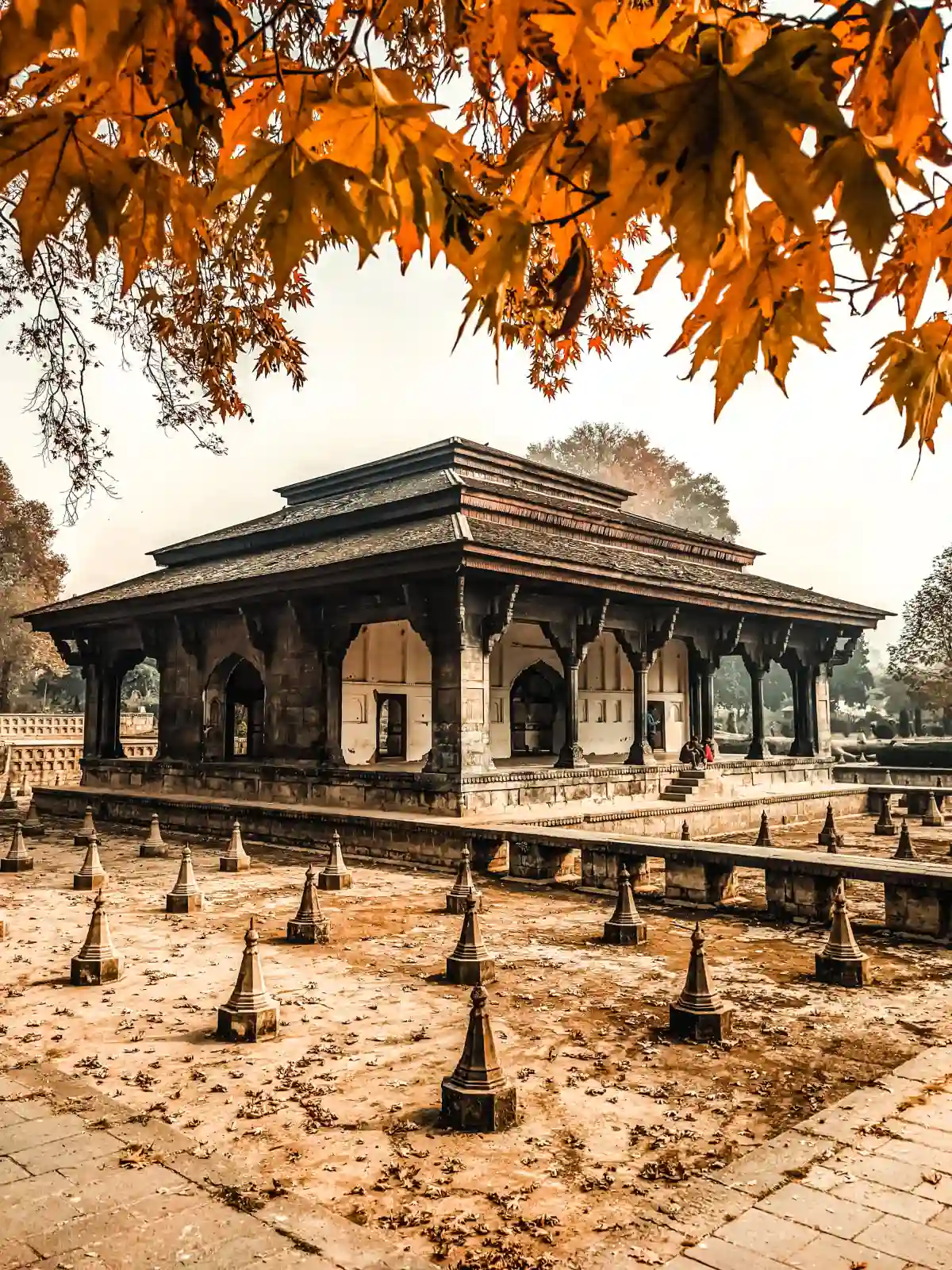
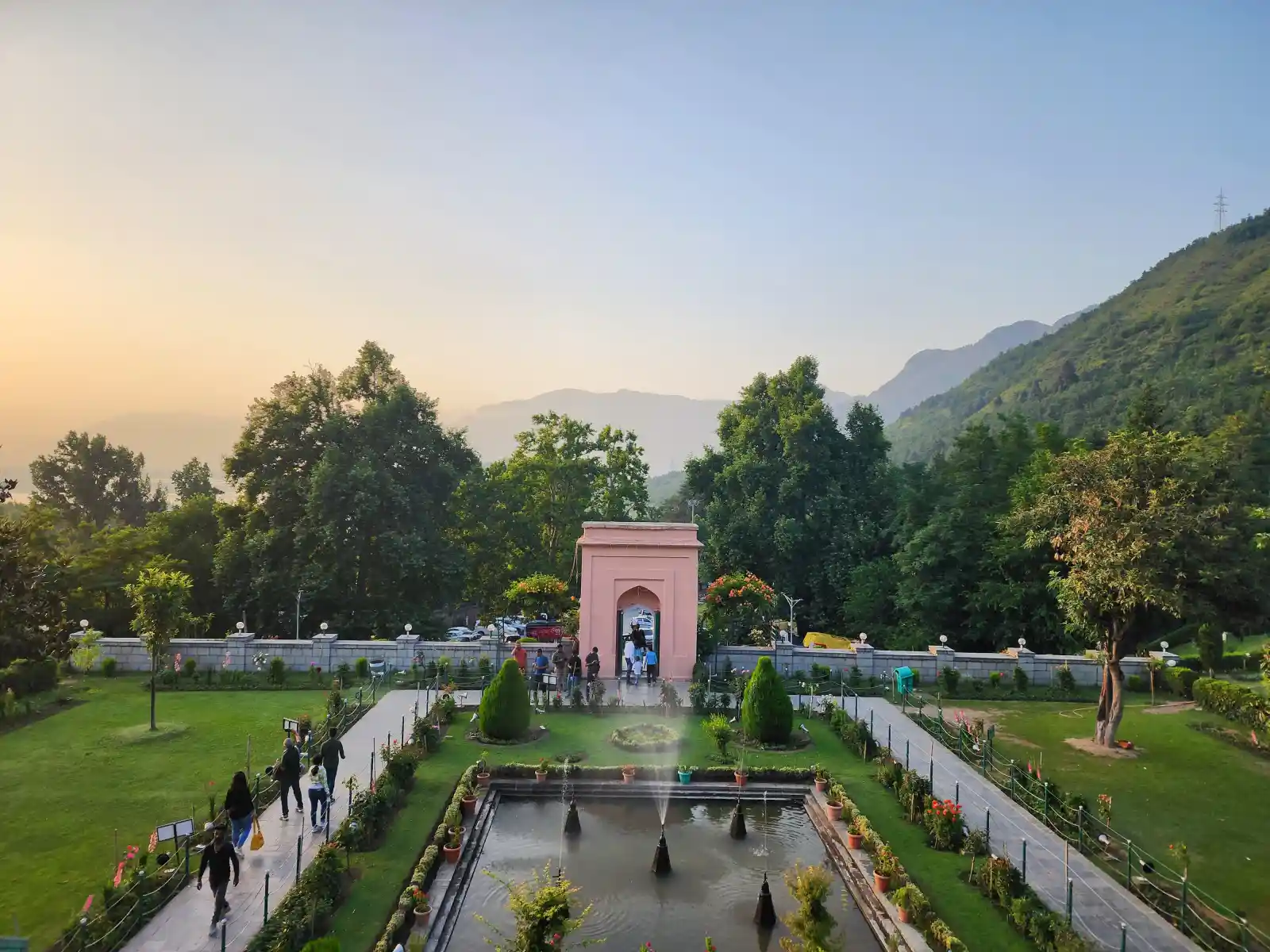
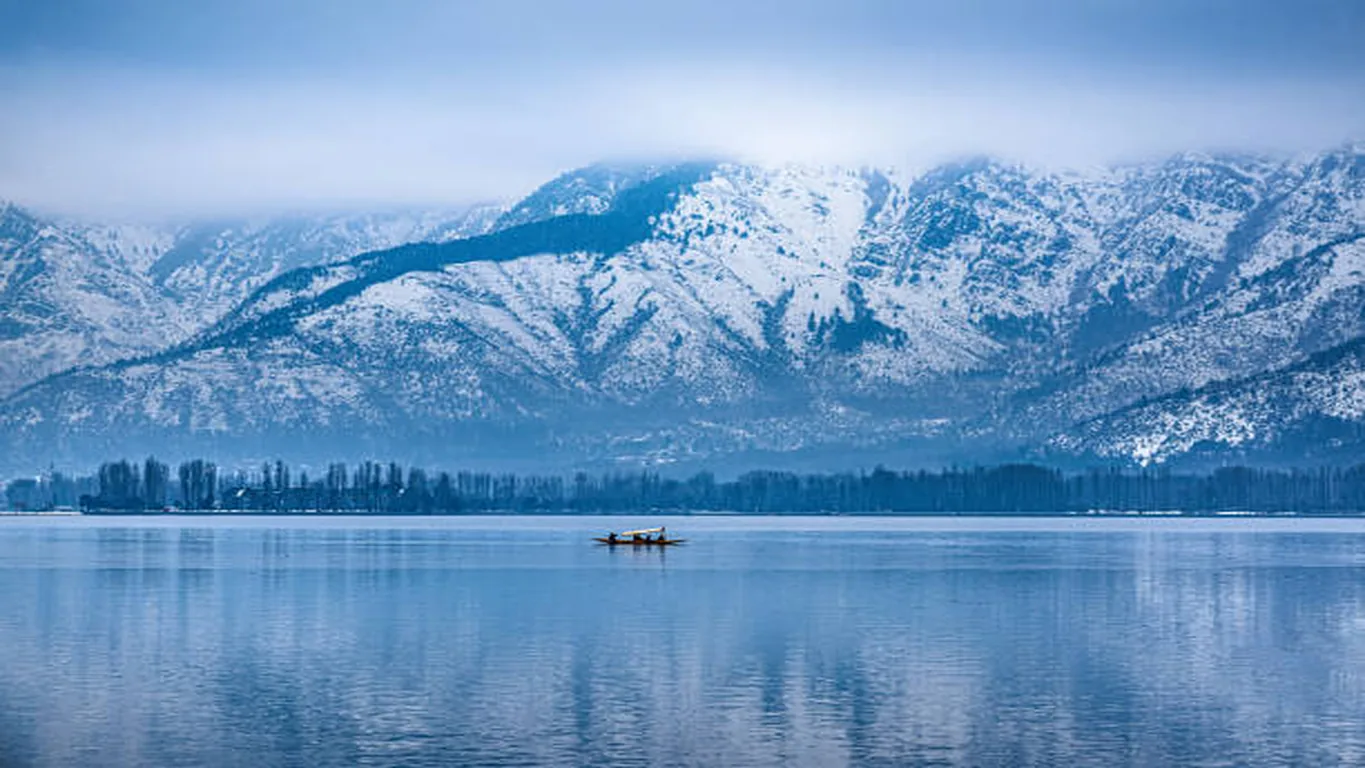
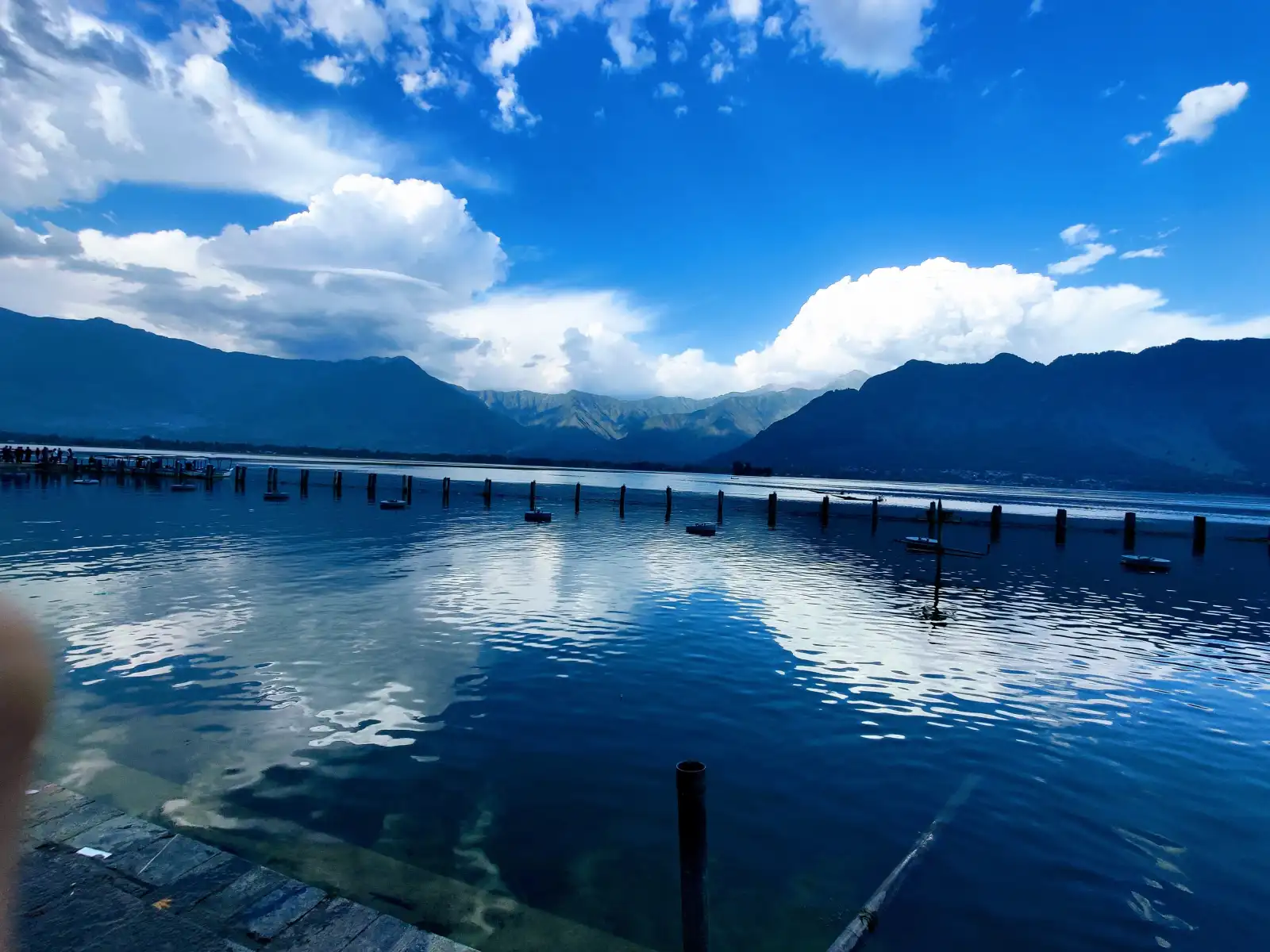
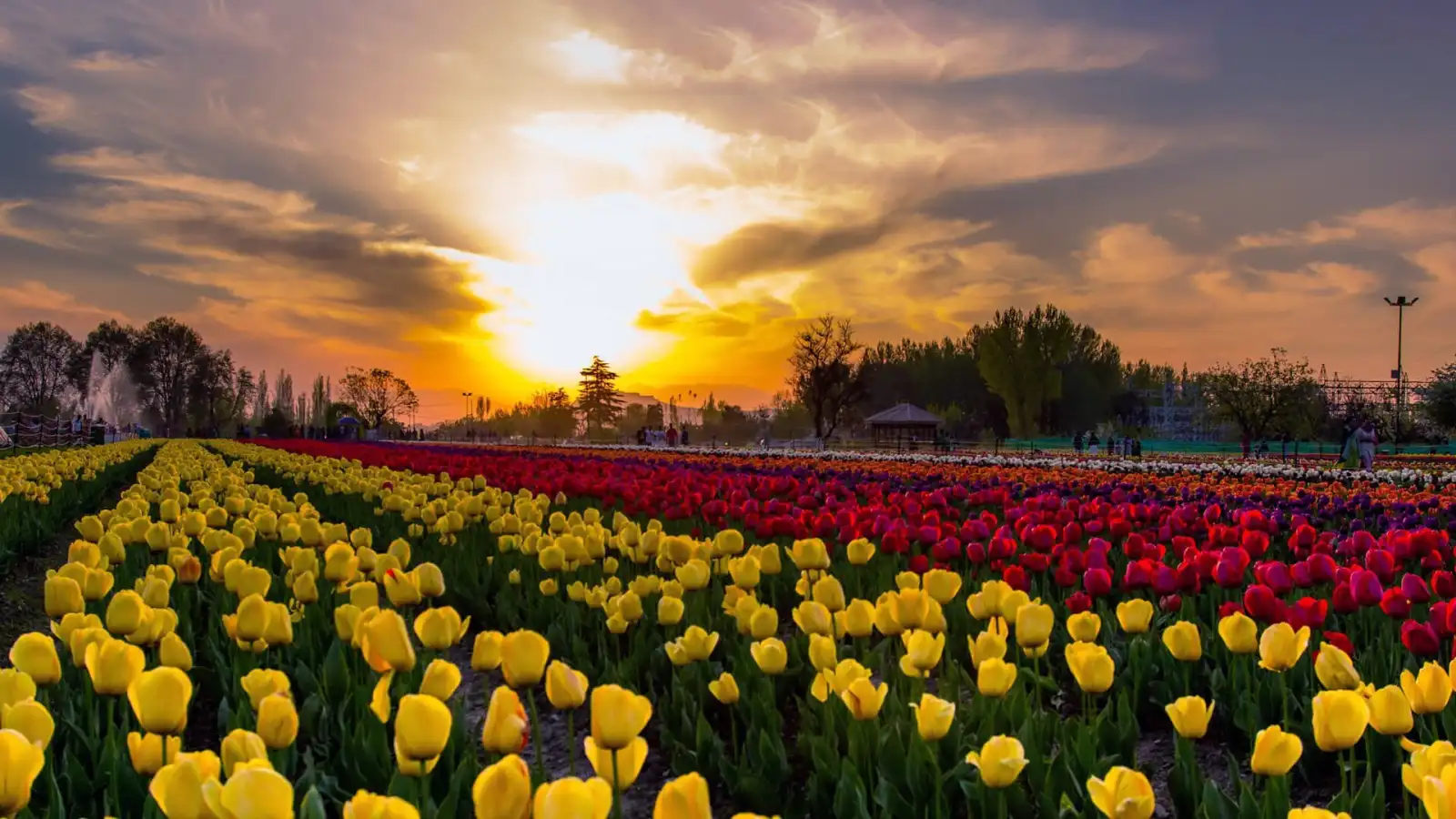
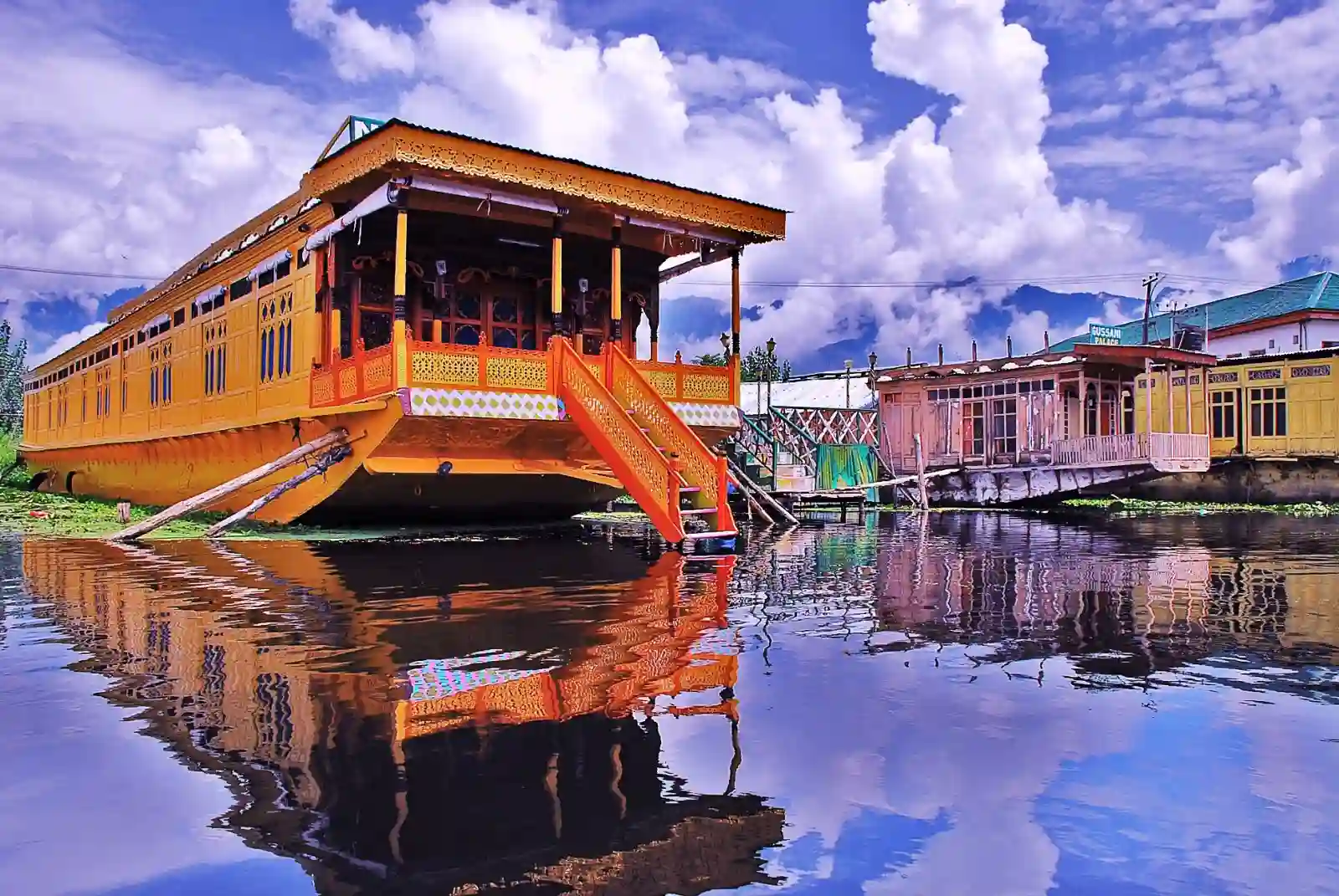
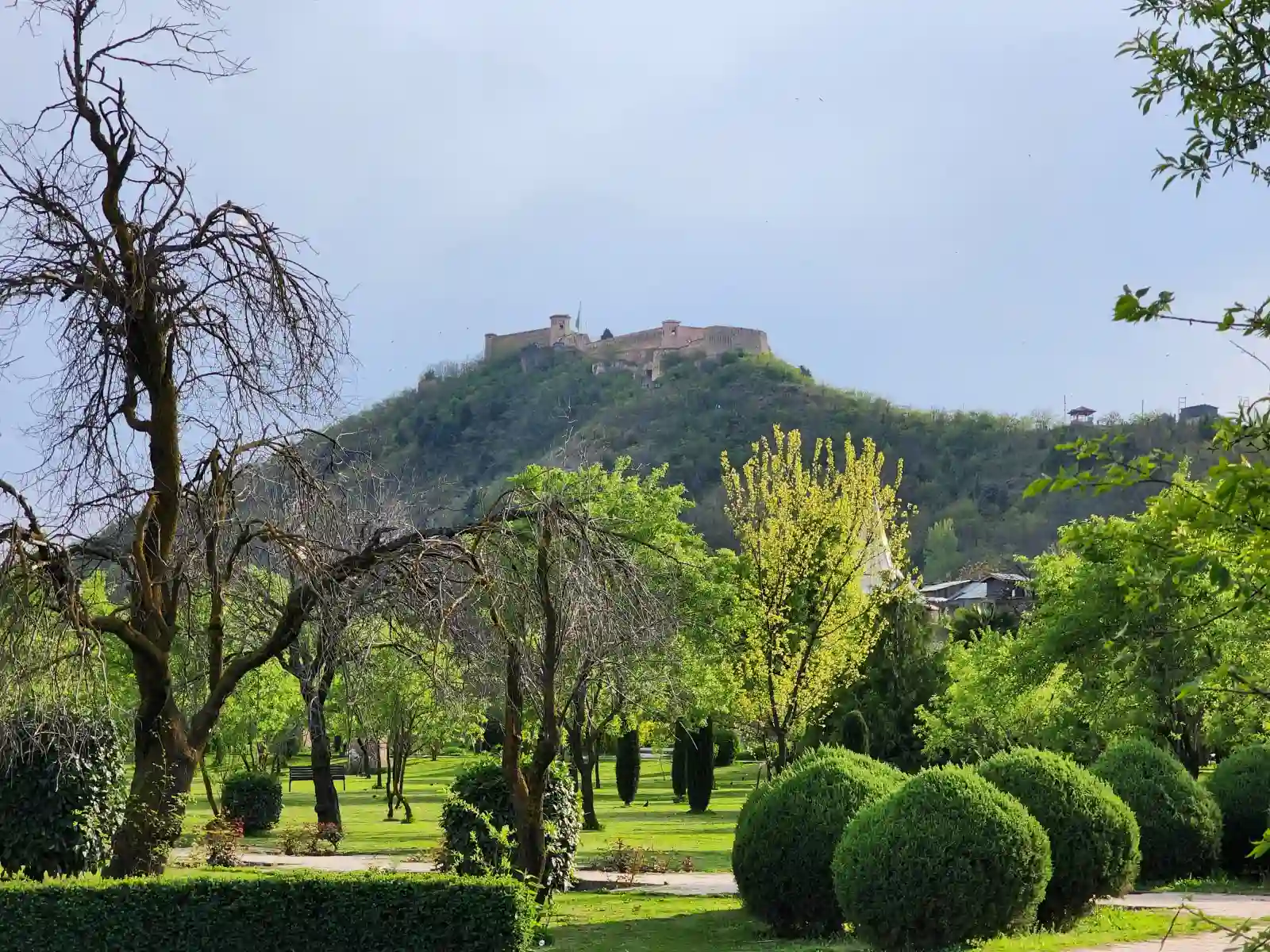
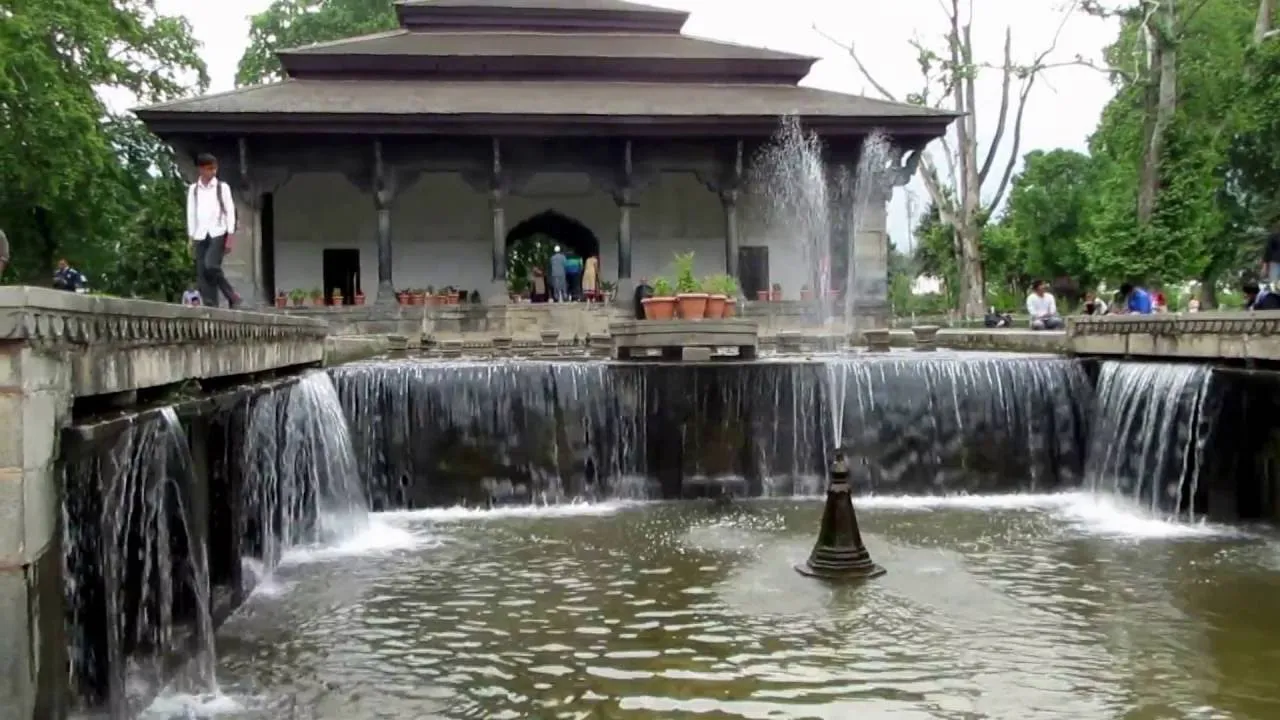
The origins of Shalimar Bagh date back to 1619, when Emperor Jahangir redesigned and expanded an existing garden to create a grand retreat called Farah Baksh ("the delightful") for his queen, Nur Jahan. Later, during the reign of Shah Jahan, the garden was further expanded by Governor Zafar Khan and renamed Faiz Baksh ("the bountiful").
Throughout history, Shalimar Bagh was not just a garden—it was a royal residence and a symbol of Mughal leisure culture. Jahangir and Nur Jahan often spent summers here, traveling across the Pir Panjal mountains to enjoy Kashmir’s beauty. During the Sikh rule under Maharaja Ranjit Singh, the marble pavilion became a resting place for European visitors. Later, under Maharaja Hari Singh, electrification was introduced to the garden.
Today, Shalimar Bagh stands as a living reminder of Kashmir’s Mughal legacy, where romance, architecture, and natural beauty come together.
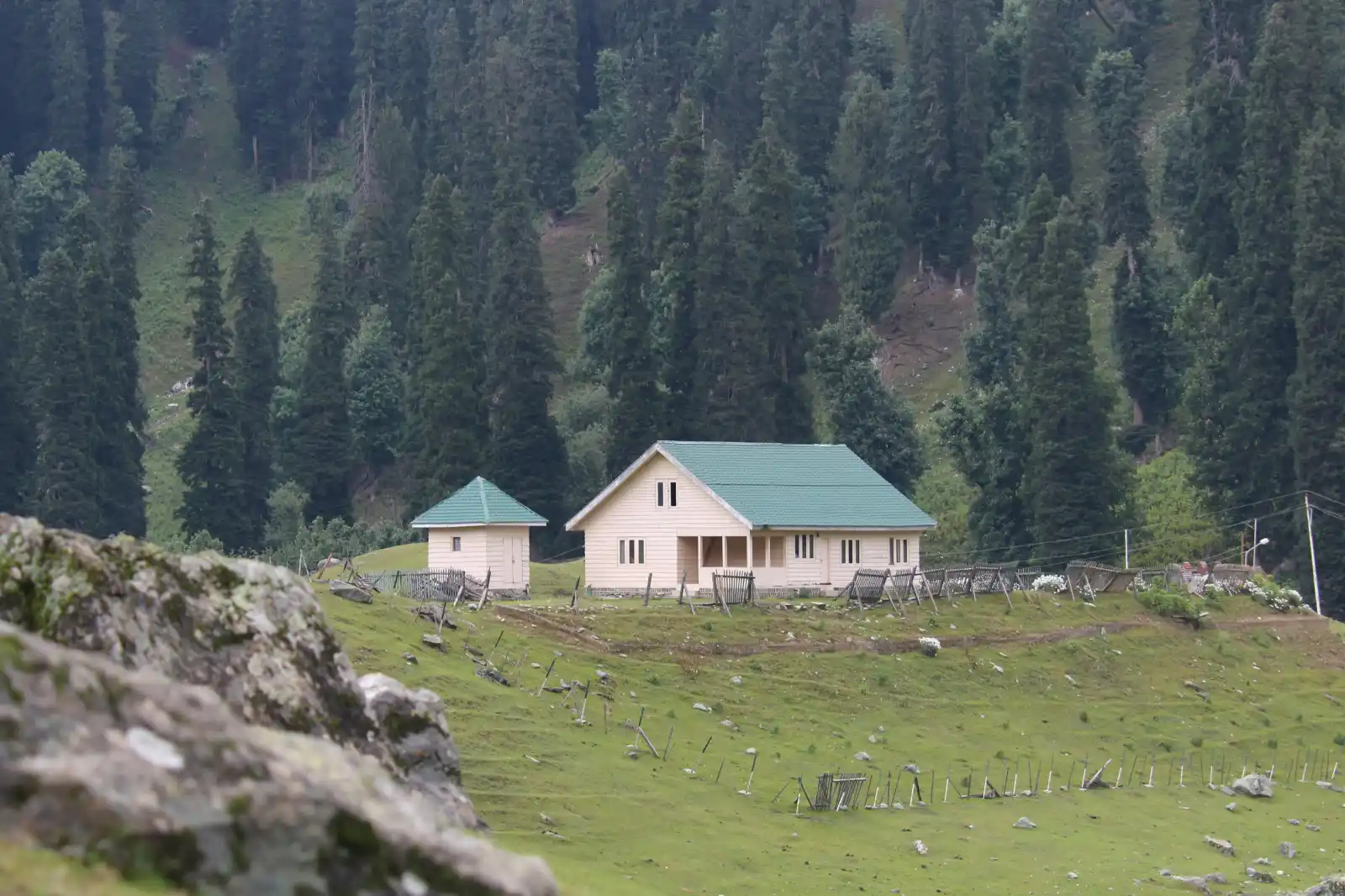
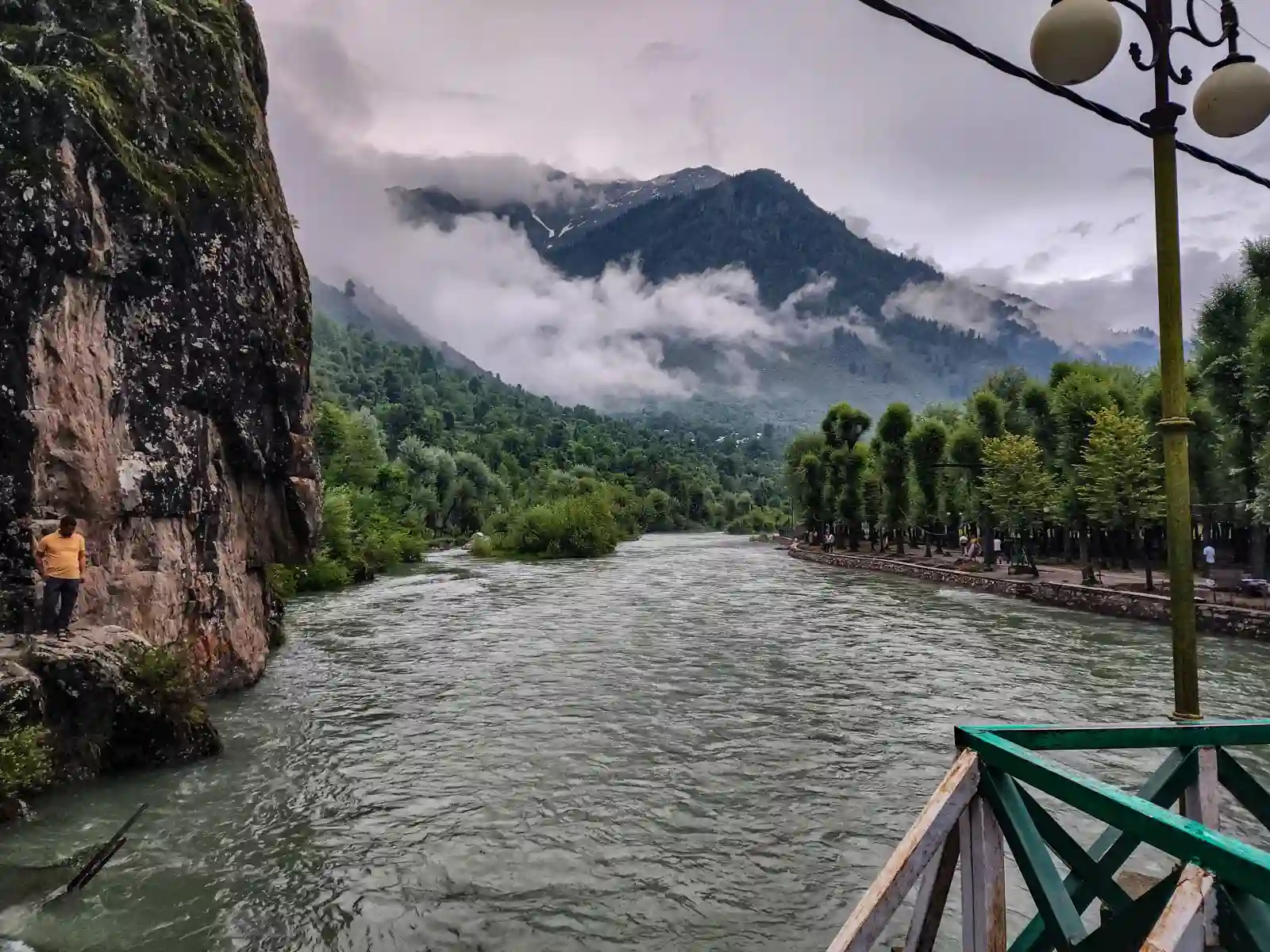
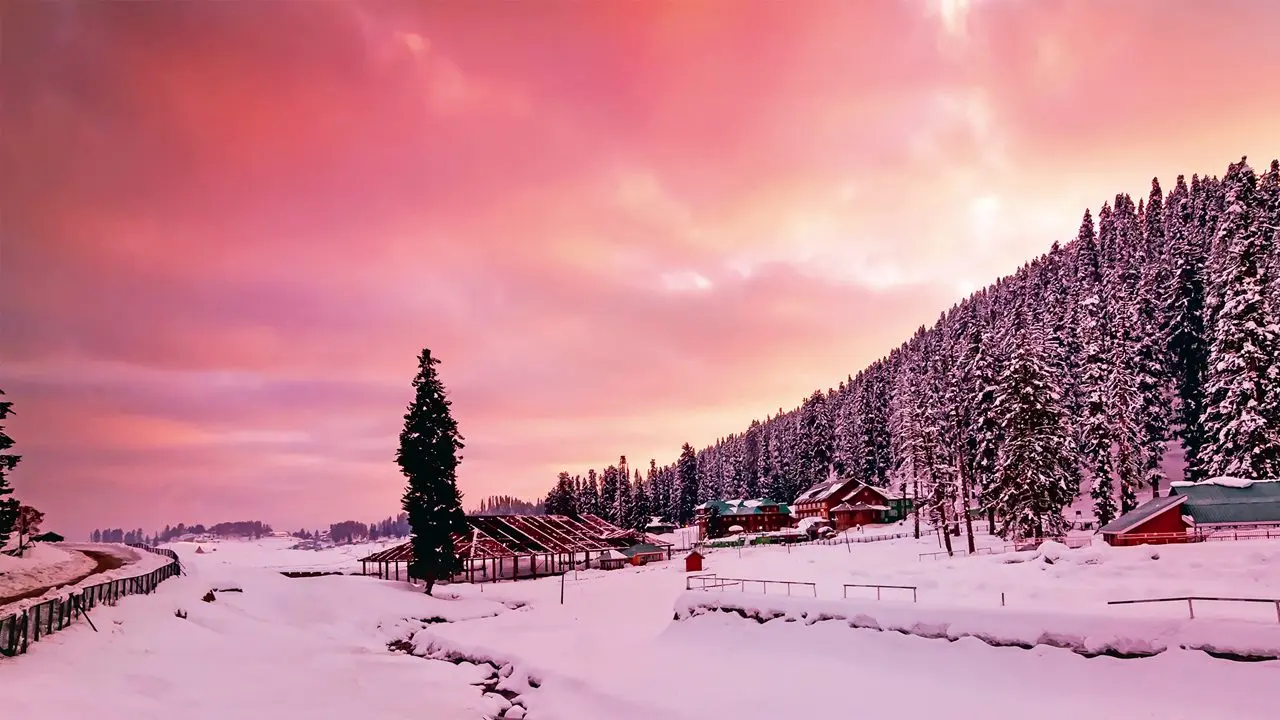


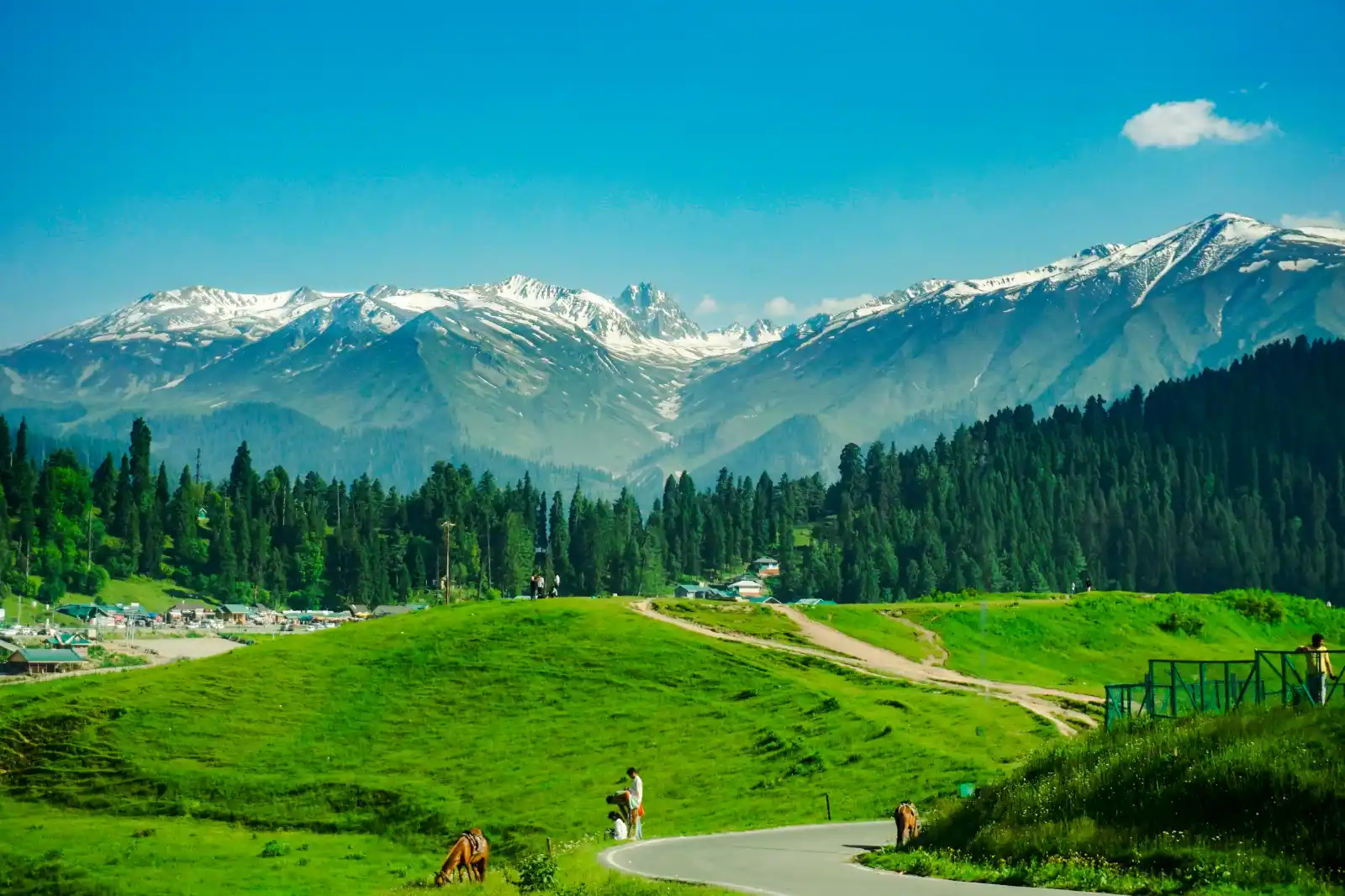
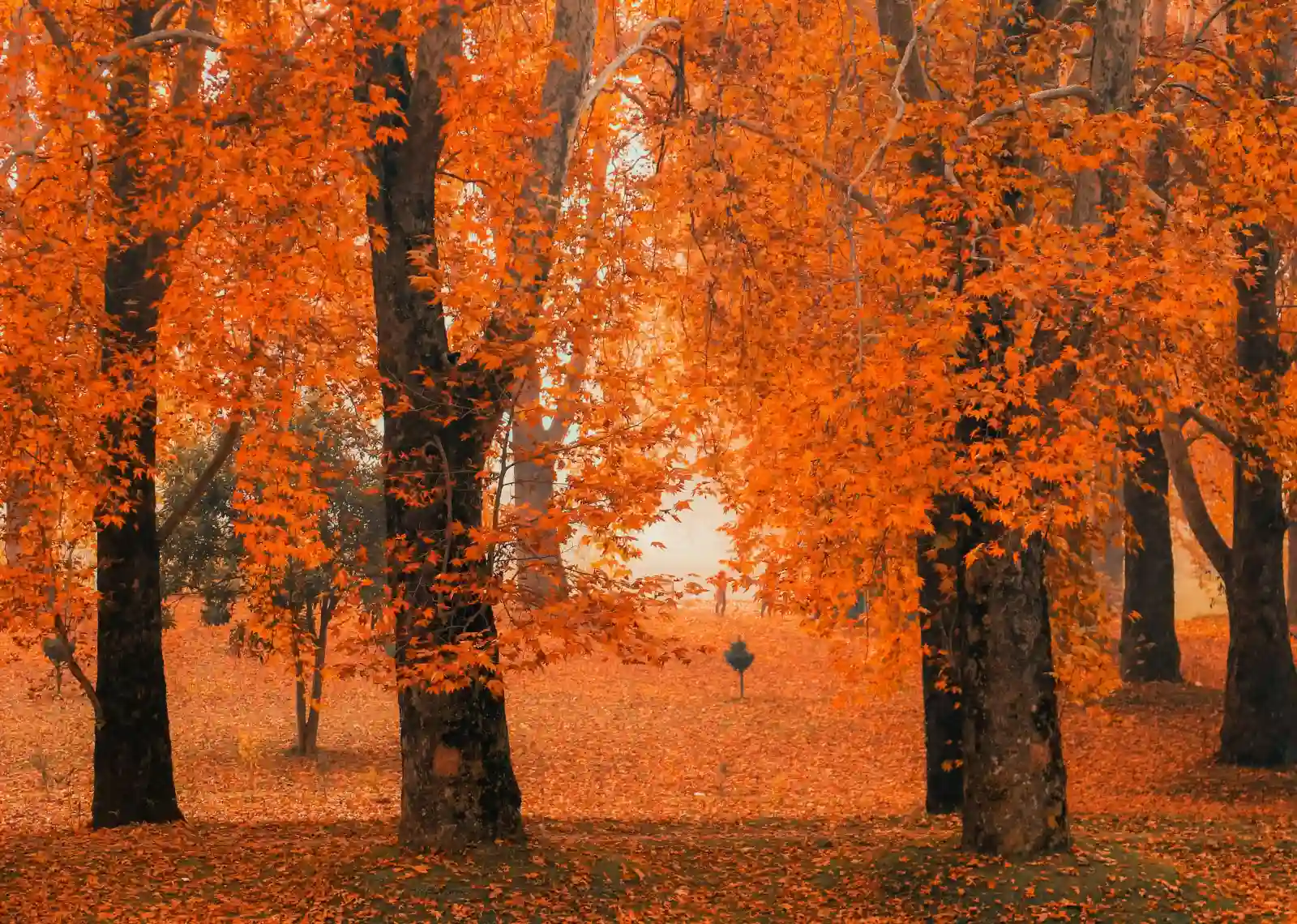
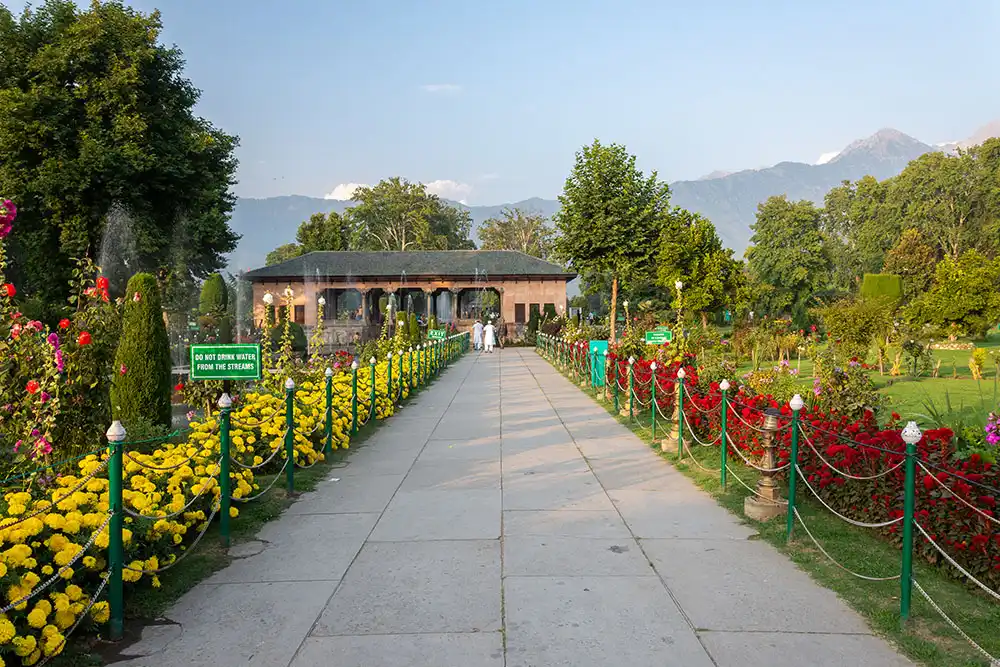
The design of Shalimar Bagh follows the Charbagh concept—a Persian-style quadrilateral garden layout symbolizing paradise. However, the Mughal architects adapted it to Kashmir’s hilly terrain, creating an elongated axial layout.
The garden spreads across 31 acres (12.4 hectares) and is divided into three terraces:
First Terrace (Diwan-e-Aam) – Designed for public gatherings. A black marble throne set against a waterfall still exists here, representing royal grandeur.
Second Terrace (Diwan-e-Khas) – Reserved for private audiences, this area boasts carved stone bases, fountain platforms, and royal bathing chambers.
Third Terrace (Zenana or Harem Area) – Exclusively for the royal ladies, this section includes restricted pavilions, a double cascade, and octagonal pavilions.
The garden features over 400 fountains, all fed by the Shah Nahar (Royal Canal), which originates from Harwan. The pathways lined with Chinar and Cypress trees, colorful flowers, and reflective pools add to its unmatched charm.
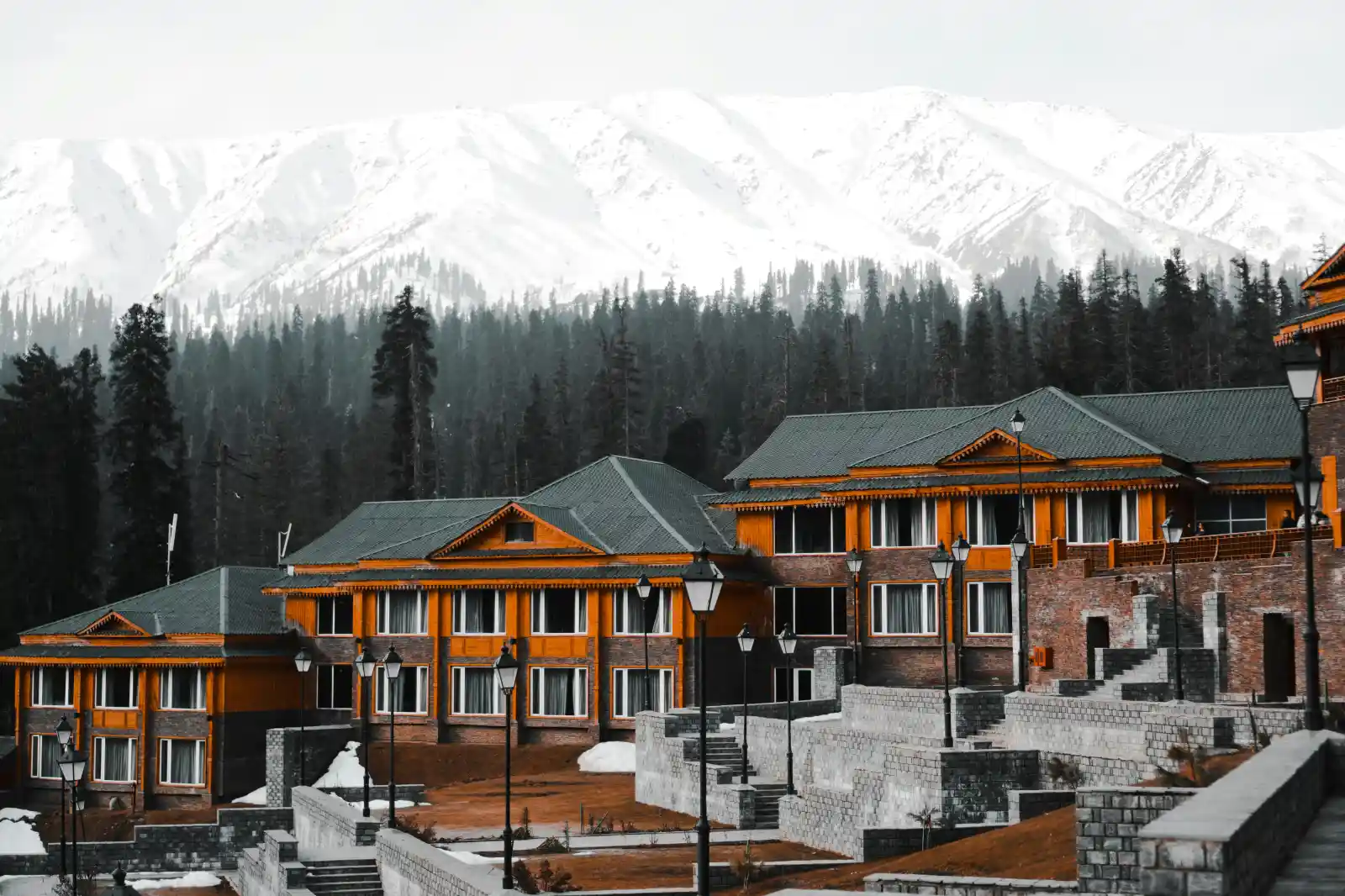




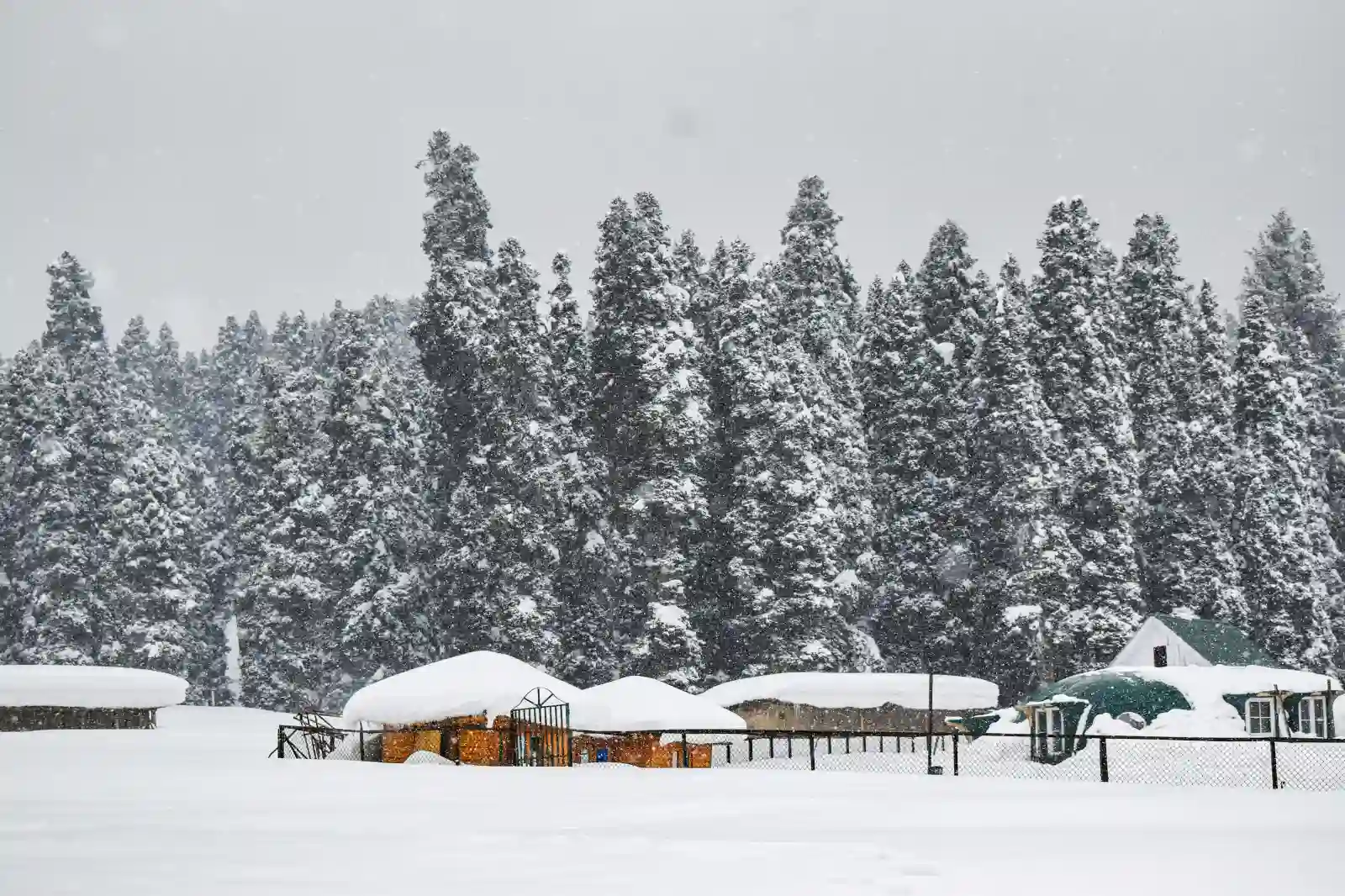
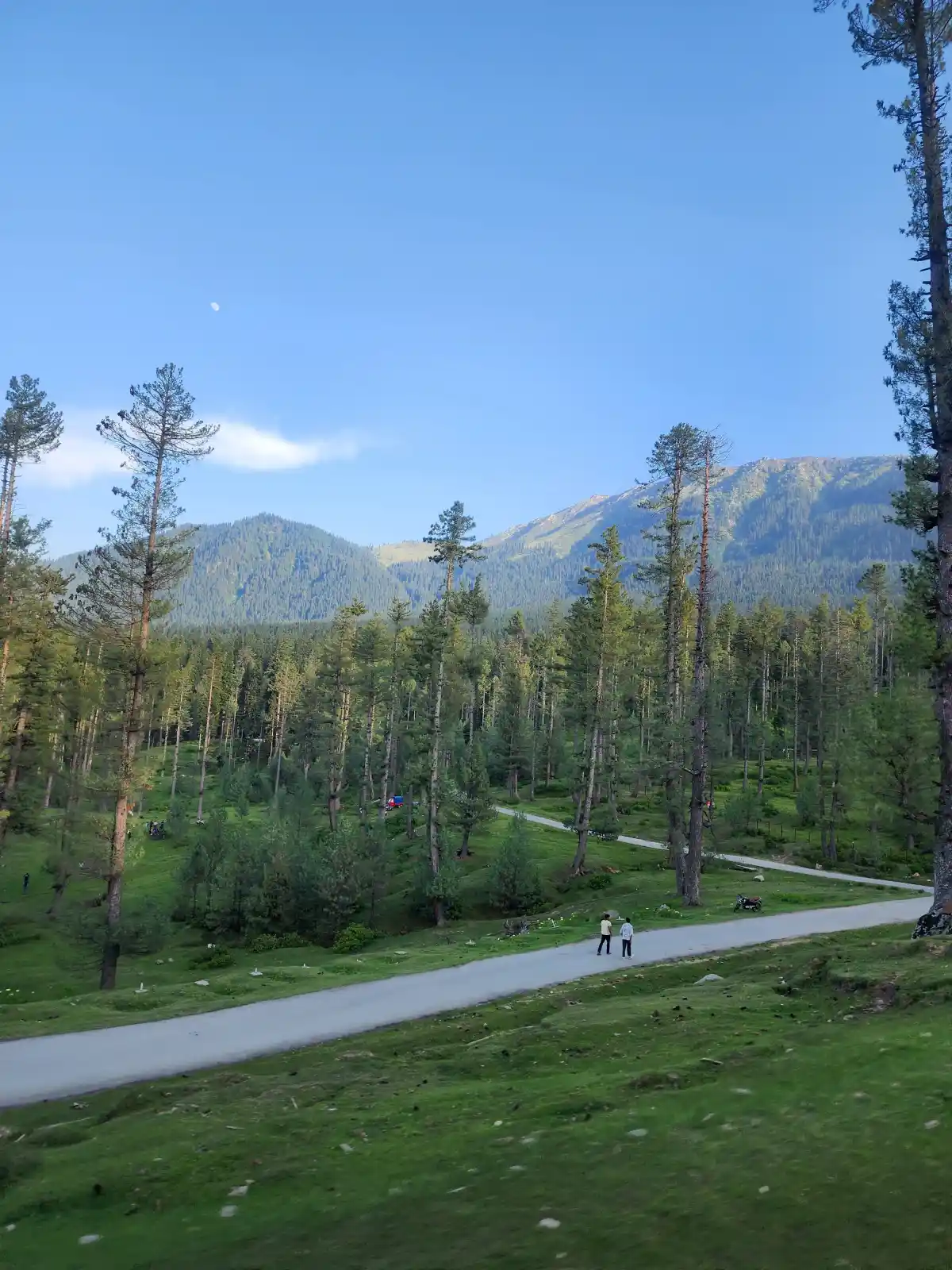
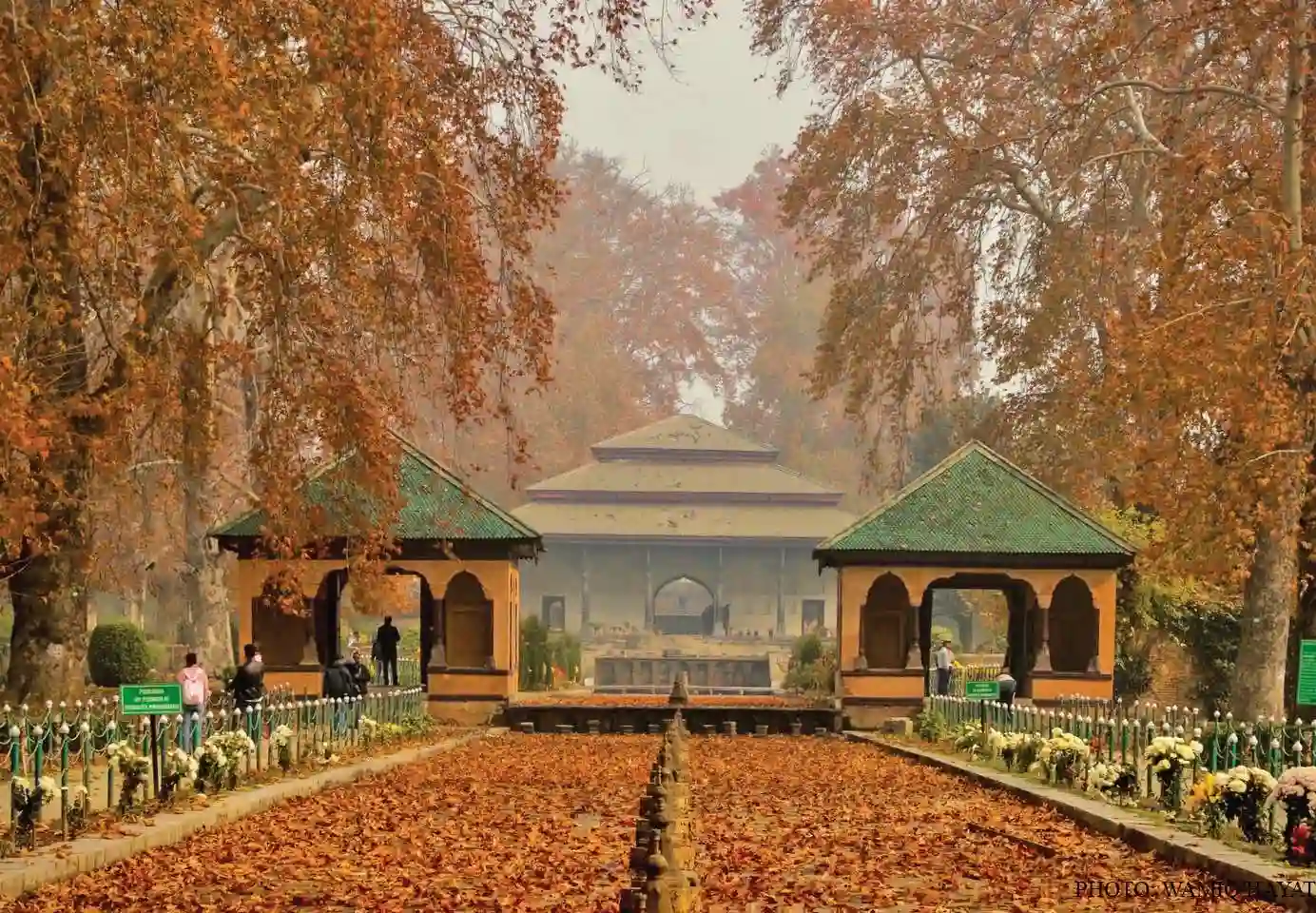
Cascading Fountains & Central Canal – The heart of the garden, running through all three terraces.
Chinar Trees – Massive trees that glow red and gold in autumn, offering a spectacular view.
Flowerbeds & Chini Khanas – Niches behind waterfalls, once lit with lamps, now hosting flowerpots.
Diwan-e-Aam & Diwan-e-Khas – Royal audience halls that remain popular photography spots.
Views of Dal Lake – Multiple viewpoints offer breathtaking scenes of the lake and mountains.
For travelers on Srinagar Tour Packages, Shalimar Bagh blends history and beauty, perfect for family picnics, nature walks, and photography.
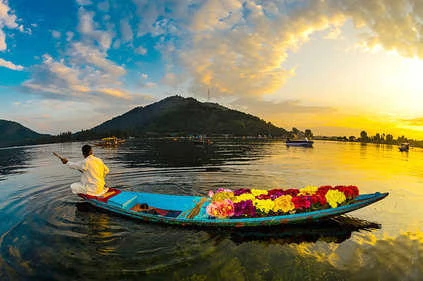

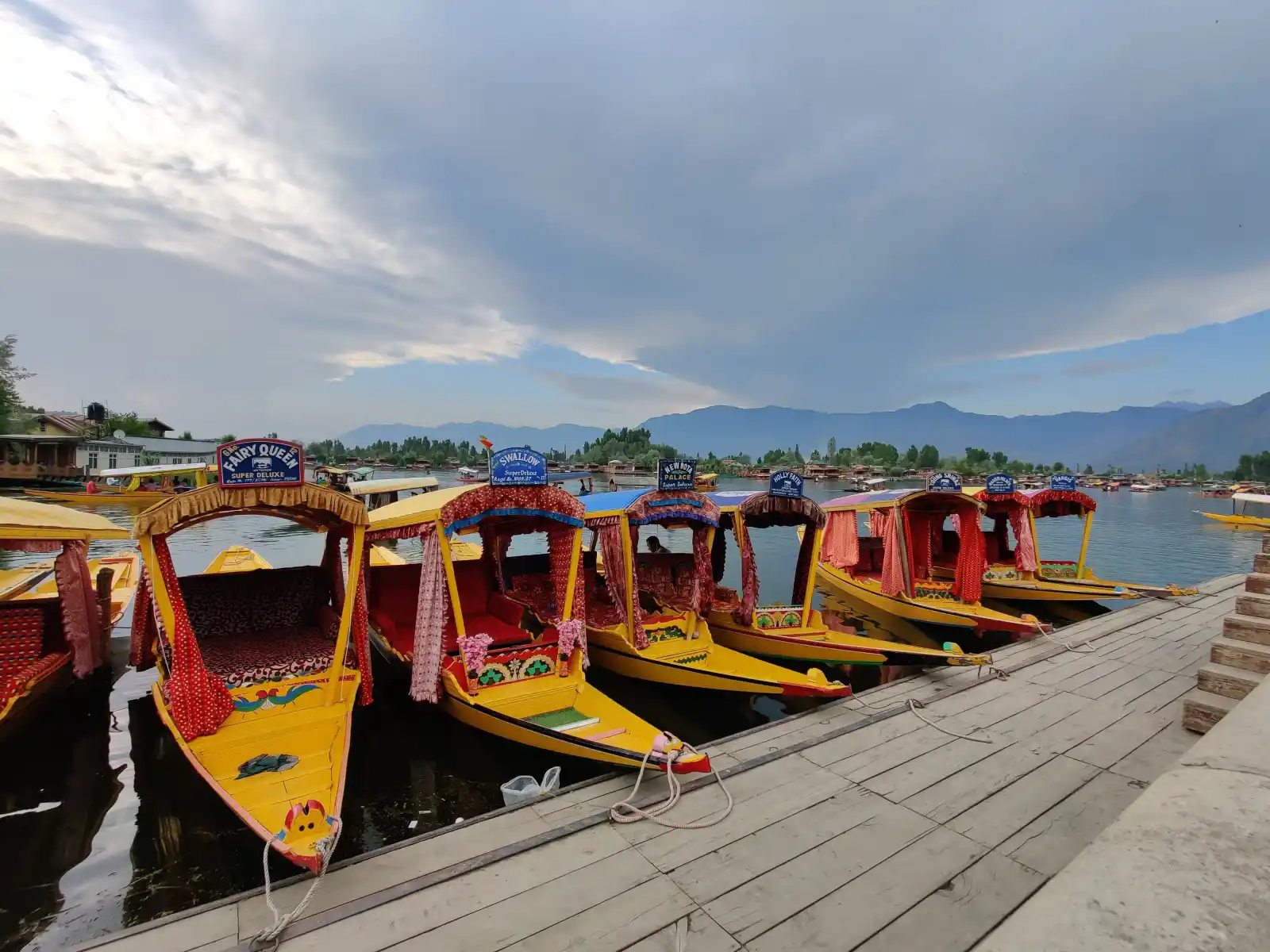


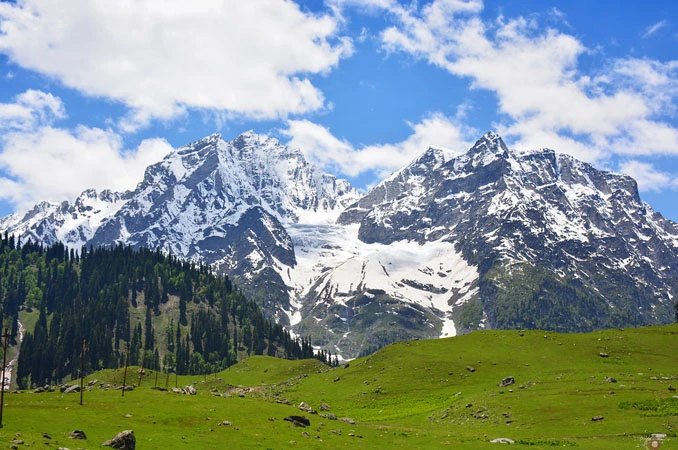

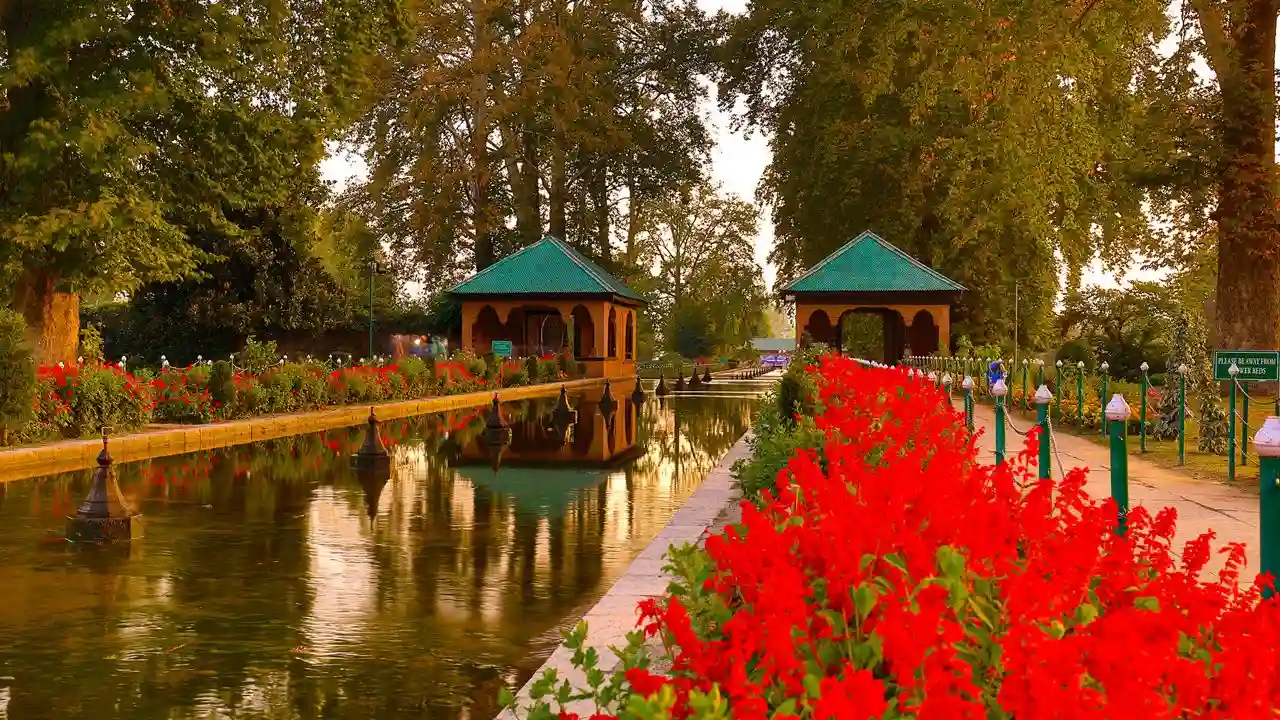
April to October: 9:00 AM – 7:00 PM
November to March: 10:00 AM – 5:00 PM
Entry Fee: Around ₹10 to ₹24 per person (subject to changes).
The timings allow travelers to experience the garden in different seasons. Morning visits offer tranquility, while evenings bring golden light perfect for photography.


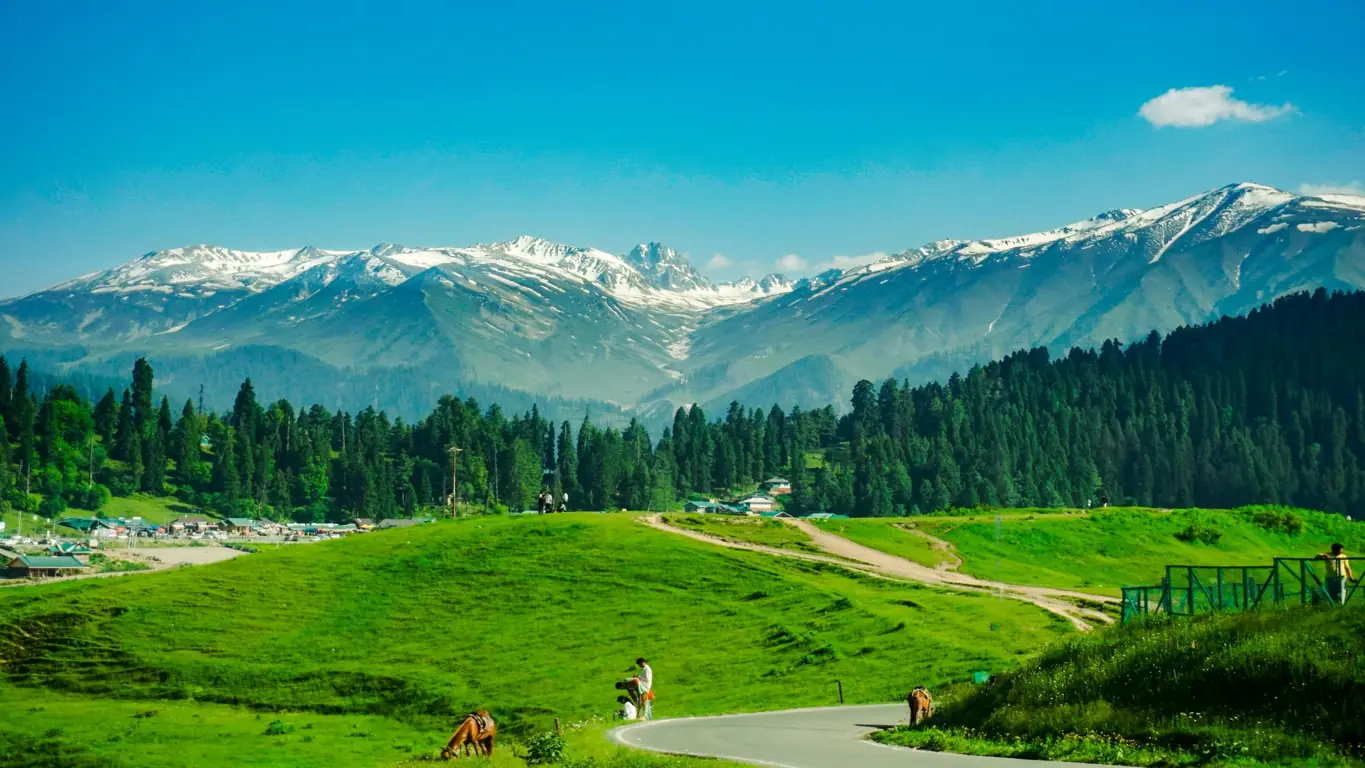
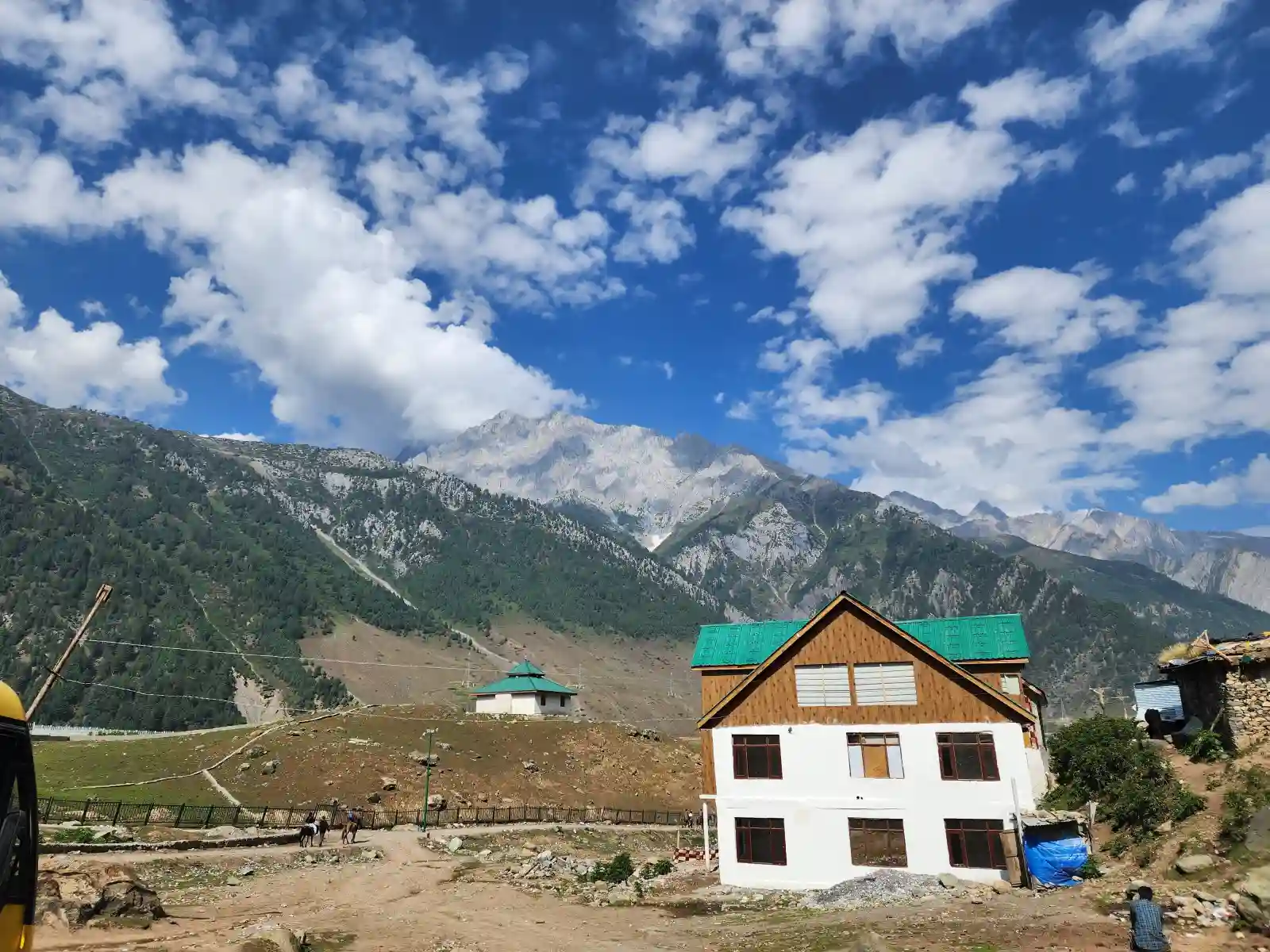
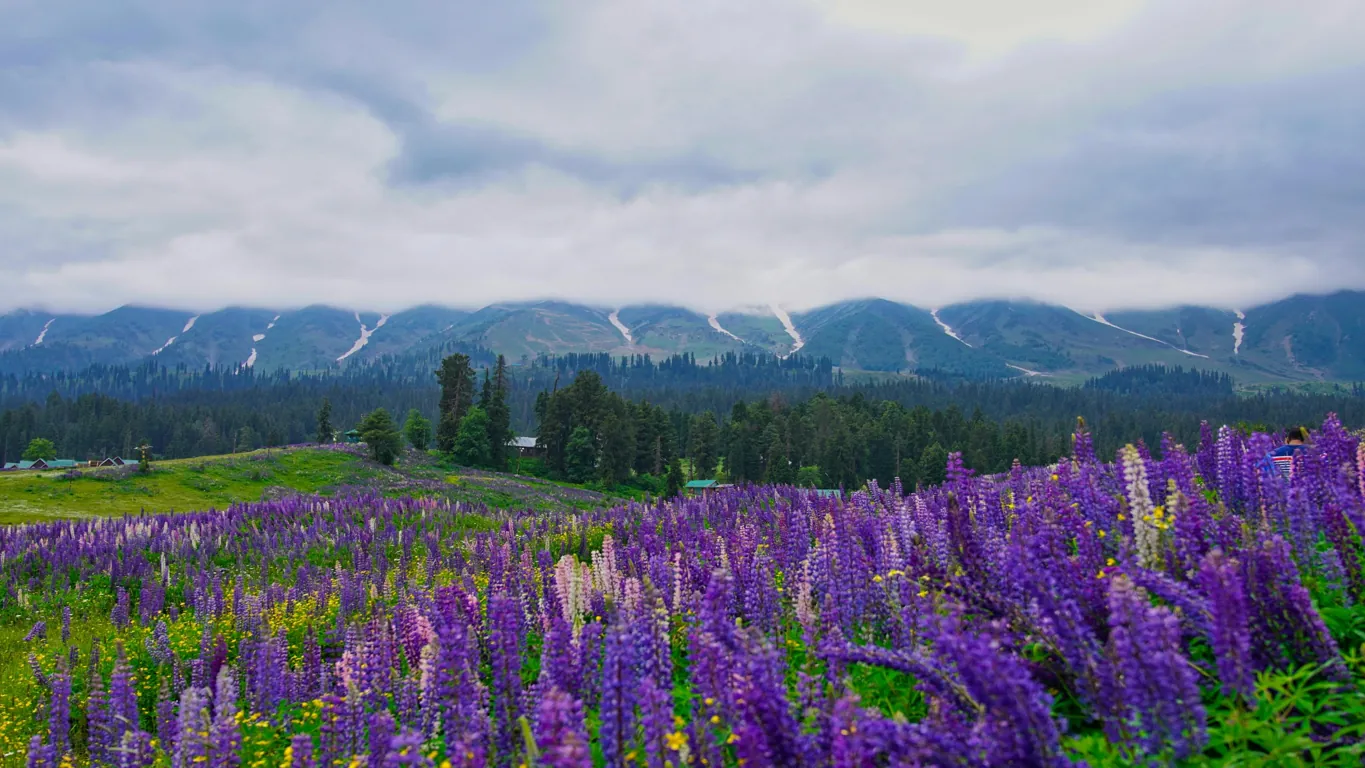
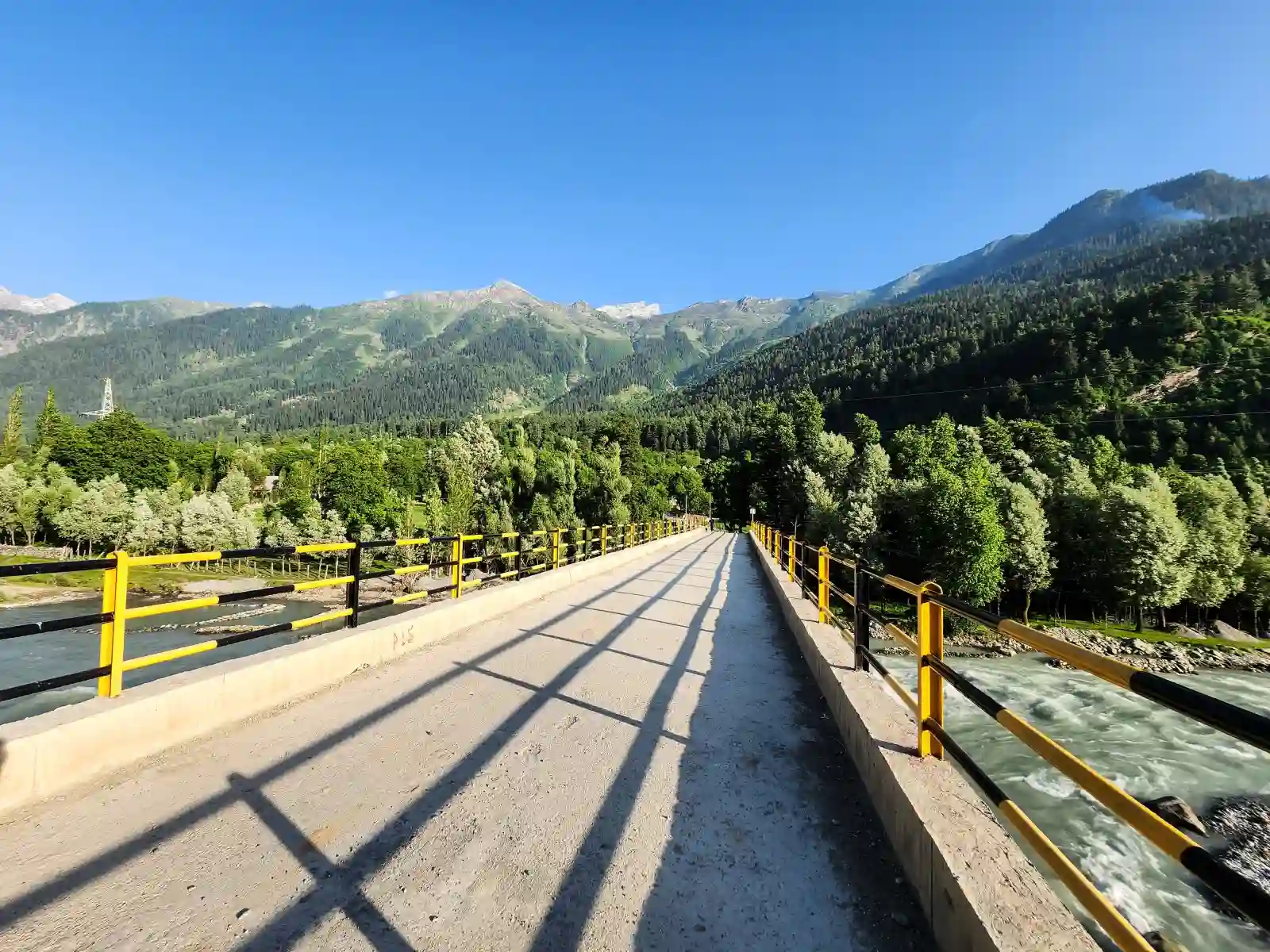

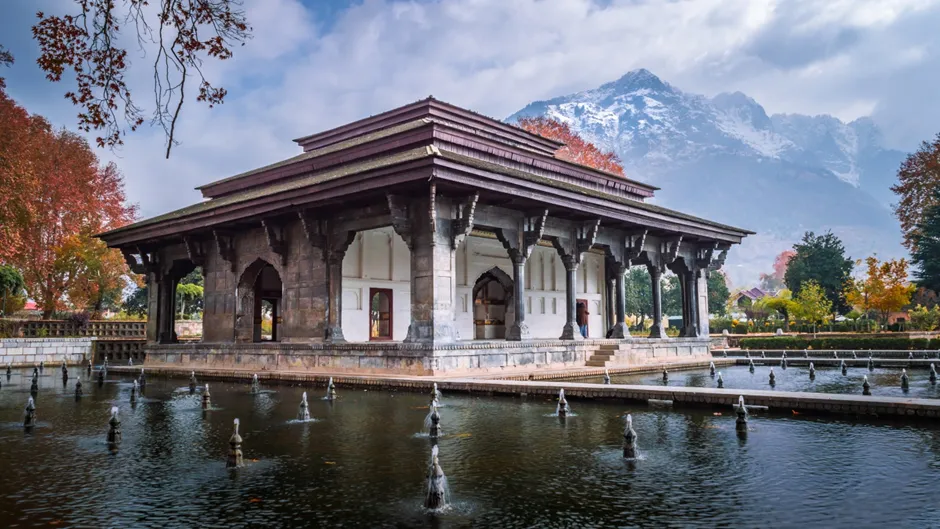
Spring (March–May): The garden comes alive with blooming tulips, roses, and fresh greenery.
Summer (June–September): Ideal weather for long strolls and picnics amidst fountains and flowers.
Autumn (October–November): Famous for the Chinar trees turning shades of crimson and gold.
Winter (December–February): A serene, sometimes snowy landscape—beautiful for photography.
If you are planning a Kashmir Family Vacation, spring and summer are the best seasons to include Shalimar Bagh in your itinerary.
By Car/Taxi: The fastest and most convenient option (25–30 minutes from city centre).
By Bus: Public buses connect the city to the garden, taking around 40–45 minutes.
On Foot/Bike: If staying close to Dal Lake, a scenic walk or short ride is possible.
When planning your journey, don’t forget to check practical Kashmir Travel Tips to make your trip smooth and enjoyable.
Dal Lake – Iconic for Shikara rides and floating gardens.
Nishat Bagh – Another magnificent Mughal garden on Dal Lake’s eastern bank.
Hazratbal Shrine – Revered religious site with a stunning lakeside location.
Shankaracharya Temple – Perched on a hill, offering panoramic views of Srinagar.
Local Markets – Perfect for handicrafts, spices, and authentic Kashmiri food.
Travelers can also explore nearby Hotels in Srinagar for comfortable stays close to the Mughal gardens and Dal Lake.
Shalimar Bagh is more than just a garden—it is a blend of history, romance, and natural elegance. With its Mughal-era architecture, flowing fountains, blooming flowers, and views of Dal Lake, it offers a glimpse into the grandeur of Kashmir’s past. Whether you are a history enthusiast, a nature lover, or simply someone seeking peace, Shalimar Bagh promises an unforgettable experience.
When you plan your trip to Kashmir, make sure Shalimar Bagh is on your itinerary. Its timeless charm continues to inspire poets, travelers, and families, making it one of the most cherished attractions of Srinagar.
Who commissioned the construction of Shalimar Bagh in Srinagar?
Shalimar Bagh in Srinagar was commissioned by Mughal Emperor Jahangir in 1619 for his wife, Empress Nur Jahan.
Are Nishat Bagh and Shalimar Bagh identical or different gardens?
No, they are different. Shalimar Bagh was built by Jahangir, while Nishat Bagh was created by Asif Khan in 1633. Both lie near Dal Lake but feature distinct designs.
What is the historical significance of Shalimar Bagh in Kashmir?
Known as the “Abode of Love”, Shalimar Bagh reflects Jahangir’s love for Nur Jahan and showcases the finest example of Mughal garden architecture in Kashmir.
Which city is home to the famous Mughal garden Shalimar Bagh?
Shalimar Bagh is located in Srinagar, the summer capital of Jammu and Kashmir, on the right bank of Dal Lake.
What is the origin and meaning of the name Shalimar?
The name Shalimar means “Abode of Love”, highlighting its romantic legacy as a garden built for Empress Nur Jahan.
When was Shalimar Bagh in Srinagar built and by whom?
Shalimar Bagh was built in 1619 AD by Mughal Emperor Jahangir, making it over 400 years old.
Is Shalimar Bagh the largest Mughal garden in Srinagar?
Yes, Shalimar Bagh is the largest Mughal garden in Srinagar, spread across 31 acres with terraced lawns, fountains, and chinar trees.
What attractions can visitors see inside Shalimar Bagh?
Highlights include three terraced levels, stone pavilions, Mughal fountains, and the historic Diwan-e-Khas (Hall of Private Audience).
What is the best time to visit Shalimar Bagh in Srinagar?
The best time is from March to May (spring) and September to November (autumn), when flowers bloom and chinar leaves turn golden red.
Is Shalimar Bagh open to tourists throughout the year?
Yes, Shalimar Bagh is open year-round, but spring and autumn are the most scenic seasons to experience its beauty.